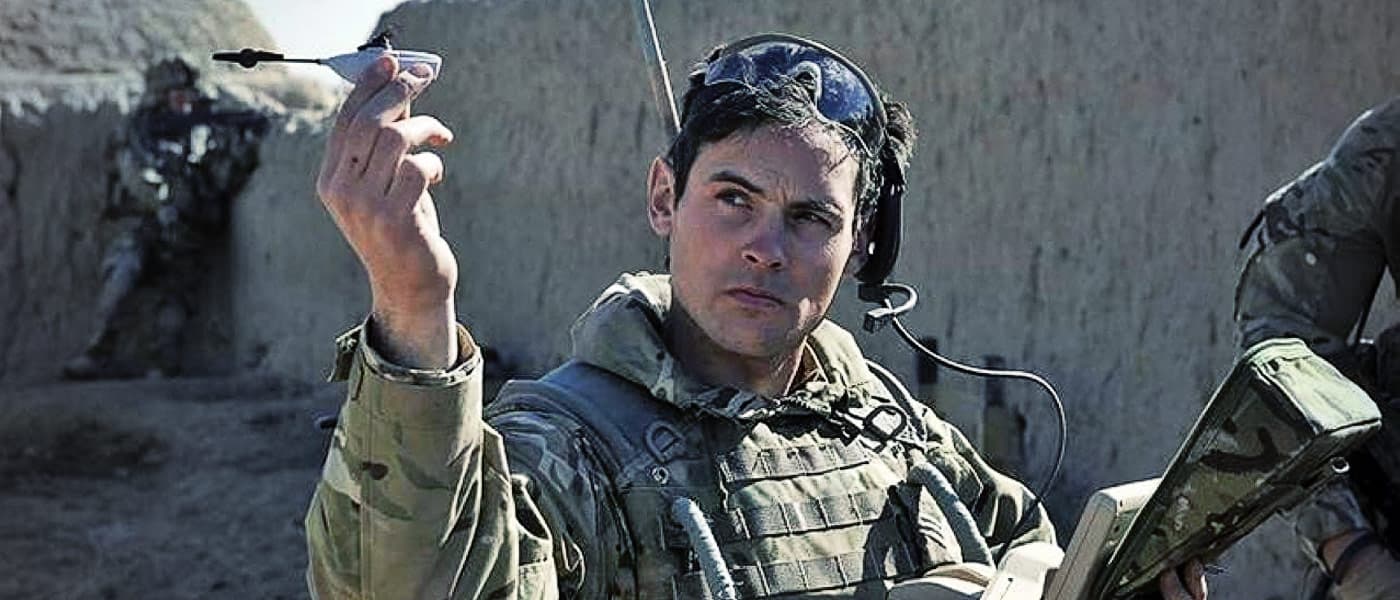CICADA
The Close-In Covert Autonomous Disposable Aircraft, or CICADA, is playfully described as a “paper airplane with a circuit board” in a recent AFP article. The micro-drone is intended to be deployed in, what the U.S. military has taken to calling, “swarms.”
The CICADA swarm is dropped from an airplane to glide down to the Earth’s surface, directed by an on-board GPS which can guide the drones to within 4.5 meters (approx. 15 ft) of its target destination from a 17 km (approx. 11 mile) descent.
The CICADA is designed to operate as miniature, remote listening posts that, when scattered across a large area, can be used to monitor enemy activity. The Naval Research Laboratory’s Aaron Kahn spoke to the AFP, saying that the military can “equip these with a microphone or a seismic detector, drop them on that road, and it will tell you ‘I heard a truck or a car travel along that road.’ You know how fast and which direction they’re traveling.”
At a Department of Defense Lab Day event in Washington, D.C. back in May, aerospace engineer Daniel Edwardsstates that the tiny drones were amazingly durable, and could keep going in spite of most encounters.
He told The Washington Post, “they’ve flown through trees. They’ve hit asphalt runways. They have tumbled in gravel. They’ve had sand in them. They only thing that we found that killed them was desert shrubbery.”
Aside from surveillance, another notable application of the CICADA involves the delivery of “payloads at precise waypoints,” according to an official description by the Naval Research Lab.
This indicates the CICADA can possibly be used to deliver explosives.
Black Hornet
However, these aren't the first little drones to be employed in combat situations. Another surveillance micro-drone has already been used by the British military. This was in Afghanistan back in 2012.
Dubbed as the first “commercially available personal Reconnaissance System,” the Black Hornet is a small helicopter that weighs less than 250 grams (0.5 pound) that can either be remotely controlled or programmed for automated flight.
It is also has an on-board lightweight camera and capable of transmitting live video. Although this may raise concerns about spying and surveillance, the rise of robotic eyes and ears in the military could ultimately help save lives.
Share This Article
